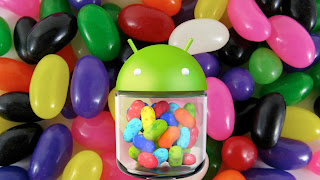Code signing allows developers to identify the author of the application and to update their application without creating complicated interfaces and permissions. Every application that is run on the Android platform must be signed by the developer. Applications that attempt to install without being signed will rejected by either Google Play or the package installer on the Android device.
On Google Play, application signing bridges the trust Google has with the developer and the trust the developer has with their application. Developers know their application is provided, unmodified to the Android device; and developers can be held accountable for behavior of their application.
On Android, application signing is the first step to placing an application in its Application Sandbox. The signed application certificate defines which user id is associated with which application; different applications run under different user IDs. Application signing ensures that one application cannot access any other application except through well-defined IPC.
When an application (APK file) is installed onto an Android device, the Package Manager verifies that the APK has been properly signed with the certificate included in that APK. If the certificate (or, more accurately, the public key in the certificate) matches the key used to sign any other APK on the device, the new APK has the option to specify in the manifest that it will share a UID with the other similarly-signed APKs.
Applications can be signed by a third-party (OEM, operator, alternative market) or self-signed. Android provides code signing using self-signed certificates that developers can generate without external assistance or permission. Applications do not have to be signed by a central authority. Android currently does not perform CA verification for application certificates.
Applications are also able to declare security permissions at the Signature protection level, restricting access only to applications signed with the same key while maintaining distinct UIDs and Application Sandboxes. A closer relationship with a shared Application Sandbox is allowed via the shared UID feature where two or more applications signed with same developer key can declare a shared UID in their manifest.

No comments:
Post a Comment